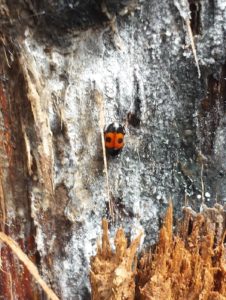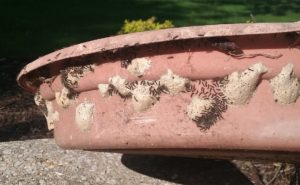By Becky Gray, forest health team leader, Fitchburg, Rebecca.Gray@wisconsin.gov, 608-220-3022
Due to COVID-19, DATCP is extending pesticide certifications. If your pesticide certification will expire between January 31st and September 30th, then your certification is now valid until October 31st. Please refer to DATCP’s press release for more details: https://datcp.wi.gov/Pages/News_Media/20200327PesticideExtension.aspx.
If you were planning to take the test for pesticide certification this spring, DATCP is offering online pesticide exams for certain categories, including Forestry Category 2.0. The online exams are only for a temporary pesticide applicator certification which will be good until October 31st. Here is the link to DATCP’s press release explaining the online pesticide exams: https://datcp.wi.gov/Pages/News_Media/20200402PesticideCertOnline.aspx.

 Wisconsin Urban Wood is conducting a research project with support from the Forest Service to develop and demonstrate best practice standards for urban wood utilization in Wisconsin; including describing the:
Wisconsin Urban Wood is conducting a research project with support from the Forest Service to develop and demonstrate best practice standards for urban wood utilization in Wisconsin; including describing the: 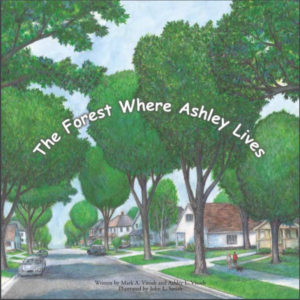 Our thoughts are with the families who are grappling with school closures, while balancing work and facilitating their children’s school days. There have been many online sources for continued education for all levels of schooling and we encourage you to check them out in addition to those provided by your local schools.
Our thoughts are with the families who are grappling with school closures, while balancing work and facilitating their children’s school days. There have been many online sources for continued education for all levels of schooling and we encourage you to check them out in addition to those provided by your local schools.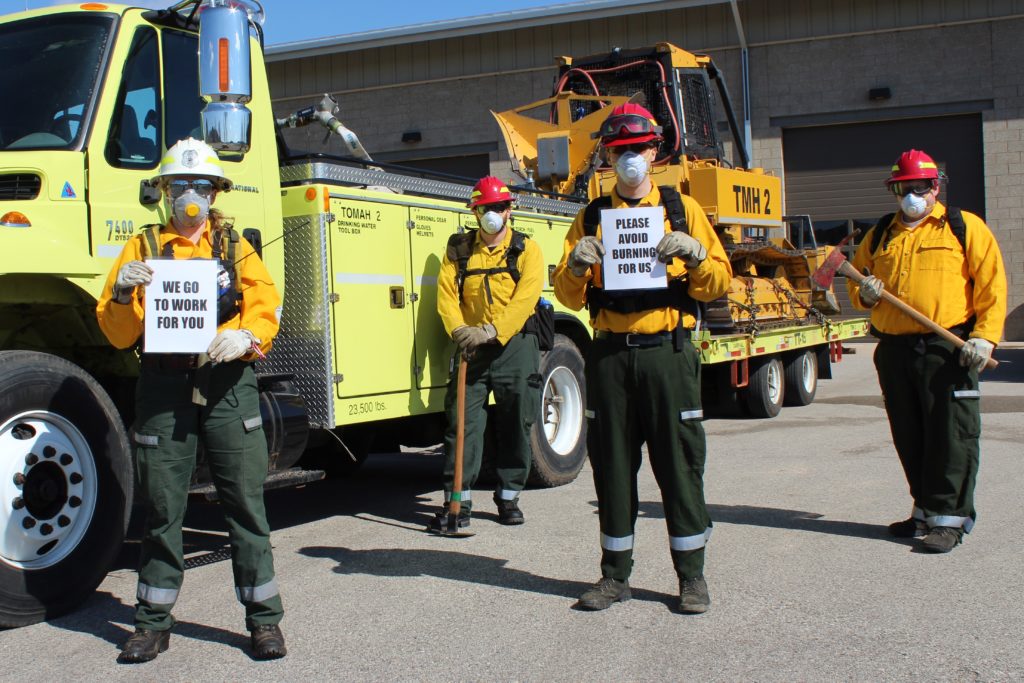
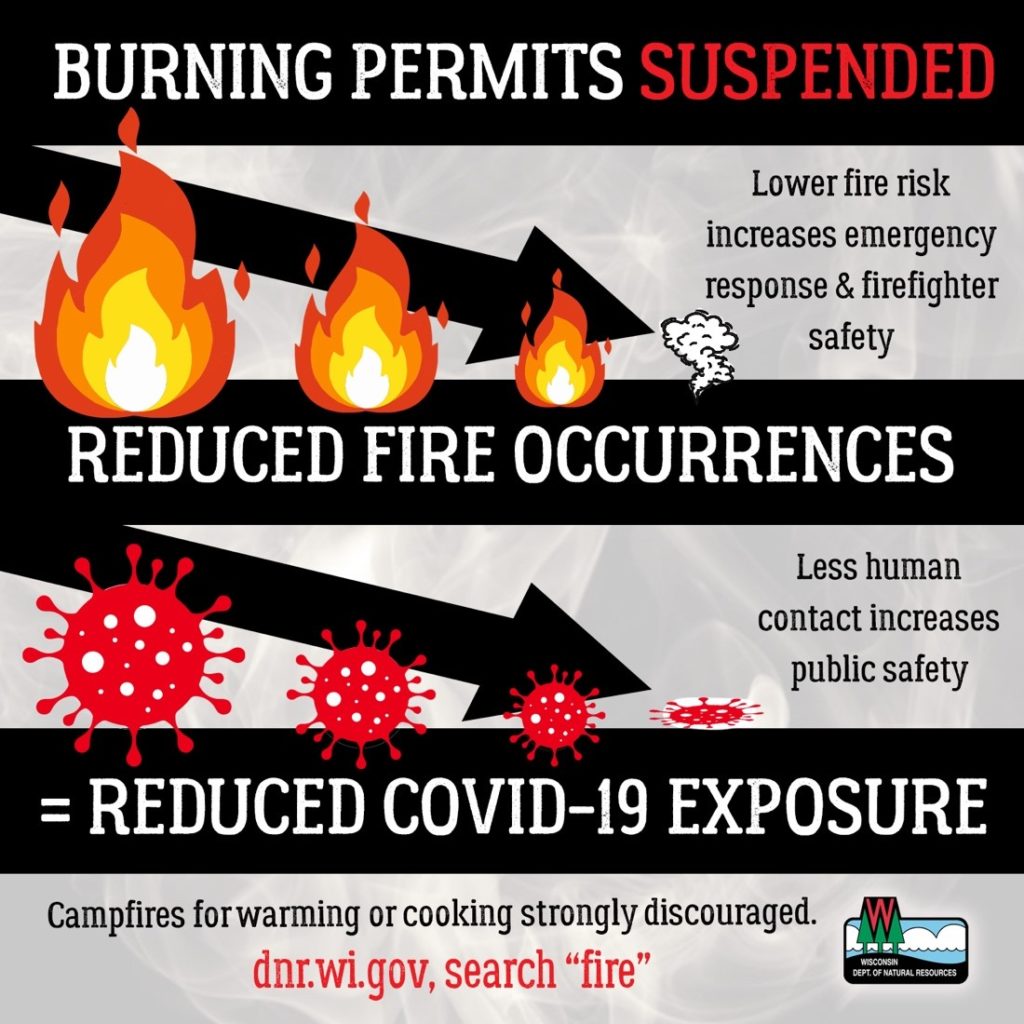 Spring in Wisconsin has the highest fire risk and debris burning is the #1 cause. Eliminating ignition sources on the landscape reduces wildfire risk, smoke for vulnerable populations and person-to-person contact. Being on the front line, emergency responders and firefighters have an increased need to take pandemic precautions, so they remain available to continue to protect the public from wildfires and reduce the spread of COVID-19. Thank you for your patience and understanding.
Spring in Wisconsin has the highest fire risk and debris burning is the #1 cause. Eliminating ignition sources on the landscape reduces wildfire risk, smoke for vulnerable populations and person-to-person contact. Being on the front line, emergency responders and firefighters have an increased need to take pandemic precautions, so they remain available to continue to protect the public from wildfires and reduce the spread of COVID-19. Thank you for your patience and understanding.
